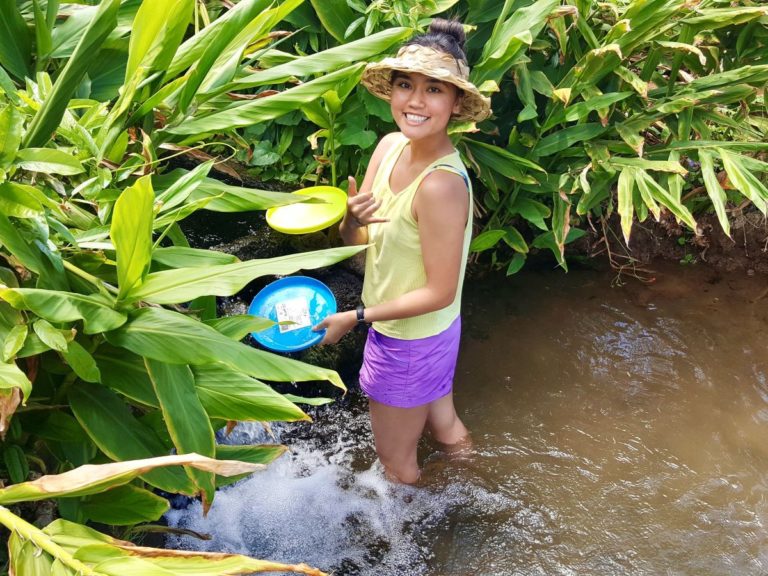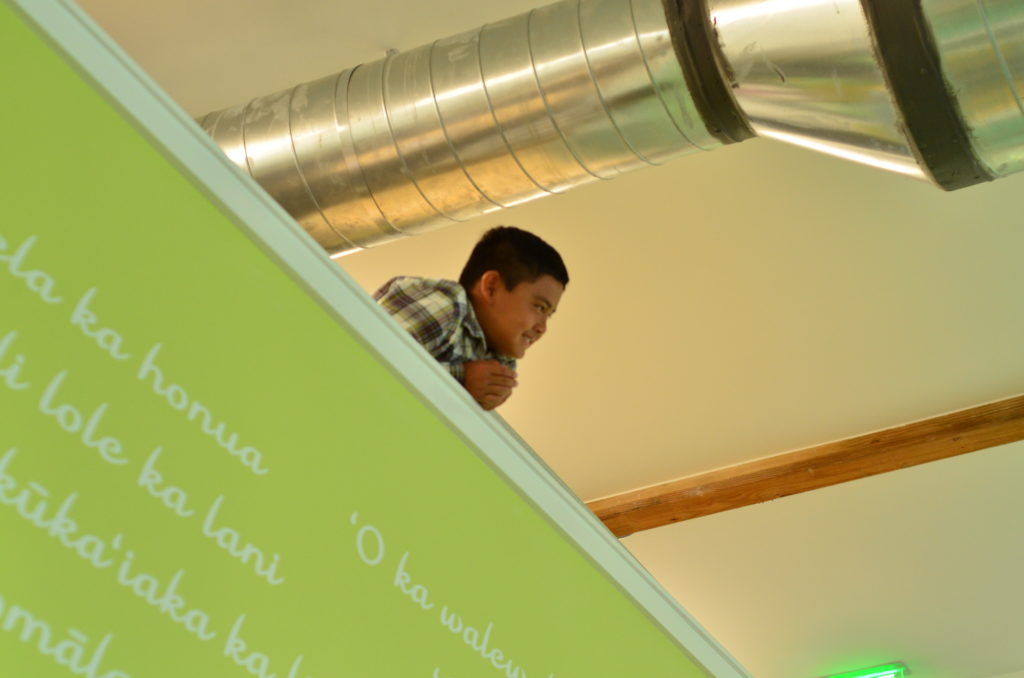

In ecologically balanced societies, culturally-embedded technologies enhance and serve sustainable, living systems that provide health and well-being for ʻāina and people, now and into the future.
For example the pre-contact ahupuaʻa system was an ecological technology that solved for the problem of how to support a population of people over generations while ensuring the continued health of forests, reefs, watersheds, and animals.
Looking to ancestral practices shows us that we already have models for how to address today’s challenges. We already have models of equitable distribution of skills and knowledge. We already have models of curiosity about the world balanced with models of deep connection to place. We already have so many models of responsibility. Our heroes are individuals who live out their kuleana, and our stories are about community responsibility enacted through people power.
Our work now is to use everyone’s talents and knowledge to build systems that serve land and people. That’s the challenge.